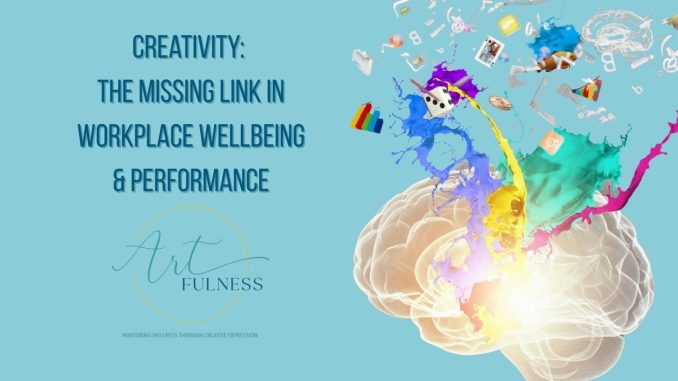
The connection between creativity and wellness is often underestimated, especially in environments that prioritize output, efficiency, and measurable results. Yet, creativity is not just a luxury reserved for artists or innovators—it’s a fundamental human capacity that plays a vital role in emotional resilience, cognitive flexibility, and overall well-being. When individuals engage in creative activities, whether through writing, painting, problem-solving, or even strategic planning, they activate parts of the brain that foster growth, reduce stress, and enhance mood. This dynamic is particularly relevant in professional settings, where burnout and mental fatigue are increasingly common and where creativity can serve as both a buffer and a catalyst for renewal.
Creativity supports wellness by offering a form of psychological release. In moments of stress or uncertainty, creative expression allows individuals to process emotions in a non-linear, often subconscious way. For example, journaling can help clarify thoughts and uncover patterns, while sketching or playing music can provide a sense of flow that quiets the mind. These activities don’t need to be polished or public—they simply need to be authentic. The act of creating something, regardless of its outcome, reinforces a sense of agency and presence. It’s a reminder that we are not just reacting to life, but actively shaping it. In business, this mirrors the value of strategic thinking—where reflection and ideation lead to more intentional action.
Engaging in creative practices also cultivates mindfulness. When immersed in a creative task, attention naturally shifts to the present moment. This focused engagement reduces rumination and anxiety, creating a state of mental clarity that supports emotional regulation. Unlike passive consumption, which can dull awareness, creativity demands participation. It invites curiosity, experimentation, and a willingness to explore uncertainty. These qualities are essential not only for personal wellness but for professional adaptability. Leaders who embrace creative thinking tend to navigate complexity with greater ease, finding innovative solutions and fostering collaborative cultures.
There’s also a physiological component to the creativity-wellness link. Studies have shown that engaging in creative activities can lower cortisol levels, improve immune function, and enhance neuroplasticity. These benefits are not limited to traditional forms of art—they extend to any activity that involves imagination, problem-solving, or novel thinking. For instance, designing a new workflow, brainstorming marketing strategies, or reimagining a customer experience all activate creative pathways. When these tasks are approached with openness and playfulness, they become energizing rather than draining. This shift in approach can transform workplace dynamics, making teams more resilient and engaged.
Creativity also fosters connection, which is a cornerstone of wellness. Collaborative projects, shared brainstorming sessions, and even informal creative exchanges build trust and empathy. They allow individuals to express themselves, be seen, and contribute meaningfully. In environments where creativity is encouraged, people tend to feel more valued and psychologically safe. This sense of belonging supports mental health and enhances performance. It’s no coincidence that some of the most innovative organizations also rank highly in employee satisfaction. They understand that creativity is not just a tool for innovation—it’s a pathway to human flourishing.
Importantly, creativity challenges the notion that wellness must be passive or prescriptive. While rest, nutrition, and exercise are essential, they are complemented by activities that engage the mind and spirit. Creative expression adds texture to life—it brings joy, meaning, and a sense of possibility. It allows individuals to explore identity, confront limitations, and imagine new futures. In business, this translates to vision. Organizations that cultivate creativity are better equipped to adapt, inspire, and lead. They recognize that wellness is not just about avoiding illness—it’s about cultivating vitality.
The barriers to creativity are often internal. Perfectionism, fear of judgment, and rigid thinking can stifle expression and limit growth. Overcoming these barriers requires a shift in mindset—one that values process over product and exploration over certainty. This shift is supported by environments that encourage experimentation, tolerate failure, and celebrate diverse perspectives. In professional settings, this might mean rethinking how meetings are structured, how feedback is given, or how success is defined. When creativity is woven into the fabric of organizational culture, wellness follows. People feel empowered to contribute, to take risks, and to grow.
Ultimately, the link between creativity and wellness is both intuitive and evidence-based. It reflects the interconnectedness of mind, body, and environment. It reminds us that health is not just the absence of disease, but the presence of engagement, purpose, and joy. Whether through a quiet moment of reflection, a collaborative project, or a bold new idea, creativity offers a pathway to deeper well-being. And in a world that often demands speed and certainty, it invites us to slow down, to imagine, and to reconnect—with ourselves, with others, and with what truly matters.